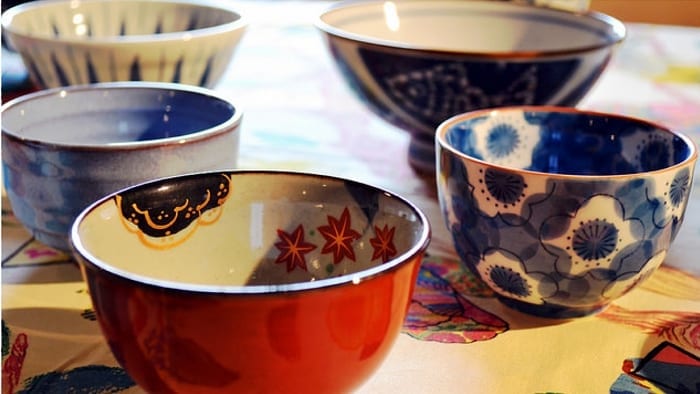Freshwater eel, raw meat, and salty fish roe – who would have thought that these seemingly obscure dishes would eventually become a mainstream type of cuisine? Sushi etiquette is important in this centuries-old food from Japan; sushi is a well-loved cuisine worldwide. It became popular in Western cultures over the past few decades and has been modified to please Western palettes. Even so, there is certainly nothing like the true experience of eating traditional sushi in Japan. However, one must bear in mind the operative term in the former phrase – traditional. We make sure to educate on being a society that takes tradition and manners. Here are a few things to keep in mind about sushi etiquette.
Irasshaimase!: Arriving at the Sushi Bar
It is polite to greet the host or hostess once you enter the restaurant; this will also work in your favor as they can get you the best seat in the house. While you can opt for a table, the best place to sit is right at the sushi bar so you can interact with the itamae (sushi chef).
Preparing for the Meal With Sushi Etiquette
Many restaurants will offer an oshibori (a hot, wet towel) for you to clean your hands with. Even in formal settings, sushi is still a finger food! If you must use chopsticks, be sure not to rub them together after you unwrap them, as this implies you think the chopsticks are cheaply made. Another no-no of preparing for a traditional sushi meal is mixing wasabi in your soy sauce. The itamae has already added wasabi between the fish and the rice if they believe the flavor goes well. When you fill your soy sauce dish, only add a little at a time because drowning your sushi in soy sauce also changes the flavor dramatically.
Omakase: Sushi Etiquette Ordering
For those feeling open-minded, say “omakase.” That is Japanese for “I leave it to you” and allows the itamae to take you on a culinary adventure by selecting dishes for you. Don’t feel as if you’re burdening the chef – itamae enjoy being creative, and they will be glad to show you around their best recipes. Rather choose dishes yourself, start with the milder tasting fish and work your way up to the fattier, stronger tasting fish. A good rule of thumb for determining flavor strength is flesh color: start with pale meat such as whitefish or shrimp, and save strongly colored meat like tuna and salmon for the meal’s end. Smaller portions like slices of sashimi are good for starters as well, and larger, heavier rolls are best saved for the end.
Eating the Sushi
For nigiri-style sushi, hold the nigiri with your thumb and index finger. Turn it upside down, dip the fish (instead of the rice) into the soy sauce, and then eat it in one bite with the fish side down. This keeps too much soy sauce from seeping into the rice, allowing the original flavor of the sushi to dominate, and also allows you to taste the fish first when eating. If you are using chopsticks, do not use them to pass food to a person or stick them straight up in the rice – this draws too many parallels to Japanese funeral rituals.
You eat your sushi right after it is placed in front of you. This is a sign of respect to the itamae because it allows you to enjoy the sushi while it’s fresh and at the best temperature. The pickled ginger served alongside sushi is called gari, and it serves as a palate cleanser that you can eat between bites.
After the Meal
After your Sushi meal, it’s only polite to thank the itamae and the wait staff. You can try thanking them in Japanese, “domo arigato” means “thank you,” and “gochisosama deshita” means “thank you for the meal.”
With this in mind, there is no doubt that you will have a fantastic adventure in eating sushi with Sushi Etiquette. Have a wonderful and delicious time! Japanese Style carries sushi sets for the ultimate Japanese experience even at home.



